Rajshahi, Sept 1 (V7N) – A severe water crisis has taken hold of 25 upazilas in the drought-prone Barind region of northwestern Bangladesh, particularly affecting areas like Tanore in Rajshahi. Despite widespread rainfall this monsoon and visibly high water levels in major rivers such as the Padma, Mahananda, Shiv, Pagla, Chhoto Jamuna, Atrai, Barnoi, and Punarbhaba, the Barind tract continues to suffer from acute water scarcity. The crisis has triggered widespread concern among local residents, who are struggling to secure safe drinking water and irrigation for agriculture.
Water bodies in the region, including canals, ponds, and wetlands, have collected rainwater, but the groundwater table has dropped to alarming levels in several locations. Most hand-operated tube wells have become nonfunctional over the past few years, and water sources typically dry up for nearly eight months annually. Residents face extreme hardship in obtaining water for daily household activities, livestock, and farming.
For the first time, under the Water Act of 2013, three hydrological zones in Bangladesh have been officially declared water-stressed. Following extensive surveys conducted under Sections 17 and 19 of the law, authorities have designated parts of Rajshahi, Chapainawabganj, and Naogaon districts within the northwest hydrological zone as severely water-stressed areas. A total of 47 unions (1,503 mouzas) out of 215 unions (4,911 mouzas) in these 25 upazilas have been marked as "critically water-stressed."
The decision was confirmed during the 18th meeting of the Executive Committee of the National Water Resources Council, held on August 25 at the WARPO building in Dhaka. Similar designations were made for three unions (seven mouzas) and one municipality (five mouzas) in Patiya upazila of Chattogram district. Under the Water Act, water use in these areas will now be regulated, and a special committee will finalize measures within one month to ensure the supply of drinking and household-use water.
The meeting also recommended a detailed hydrological survey in Subarnachar upazila of Noakhali to assess water availability and proposed expanding ongoing groundwater assessments to 14 additional districts, supplementing existing work in 50 districts.
In a parallel development, the government has moved to protect two internationally significant wetlands, Tanguar Haor and Hakaluki Haor. For the first time, a "Wetland Environmental Protection Order" will be issued under Sections 22 and 27 of the Water Act, 2013. This order will regulate tourism and define responsibilities in agriculture, fisheries, and forestry within the protected haors.
The meeting, chaired by Water Resources Adviser Syeda Rizwana Hasan, also included Agriculture Adviser Lt. Gen. (Retd.) Md. Jahangir Alam Chowdhury and Fisheries and Livestock Adviser Farida Akhtar. Senior Secretary Md. Mokabbir Hossain of the Ministry of Water Resources, along with senior officials from various ministries and departments, were also present.
One of the key decisions included initiating amendments to the Water Act, 2013, to address its implementation challenges and improve its effectiveness. The meeting also finalized the draft of the "Water Management Policy 2025" to regulate industrial water usage.
Among the most severely affected areas are unions in Godagari and Tanore upazilas of Rajshahi, including Gogram, Matikata, Rishikul, Pakri, Mohanpur, Pachandar, Badhair, Talanda, Kalma, and Saranjai. In Chapainawabganj’s Nachole upazila, all unions have been marked as critically water-stressed.
This widespread scarcity in a traditionally drought-prone region underlines the urgent need for sustainable water management and policy reform to protect vulnerable communities and ecosystems.
END/MRA/SMA/



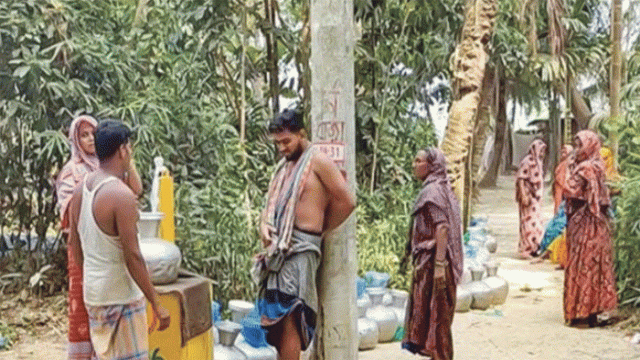
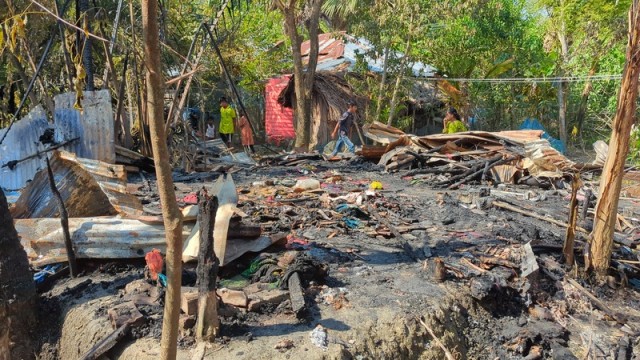
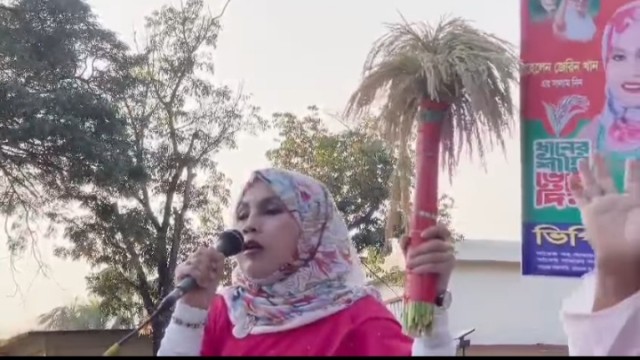
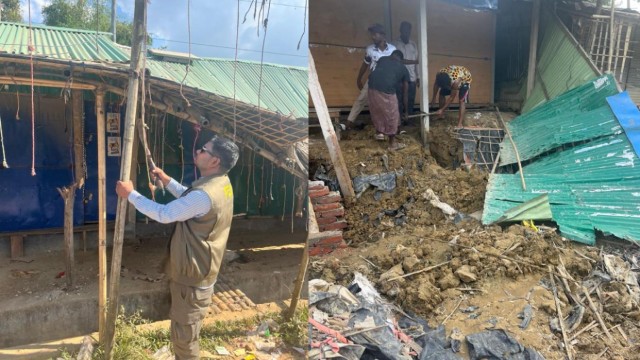
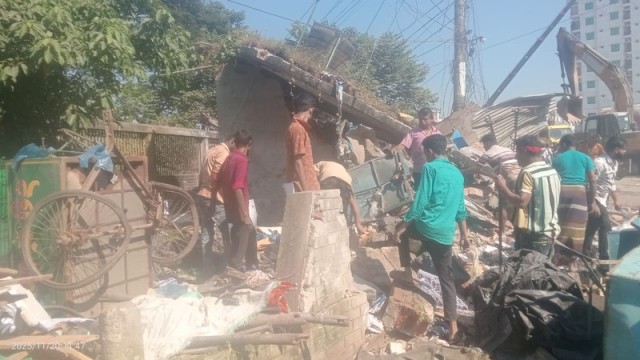
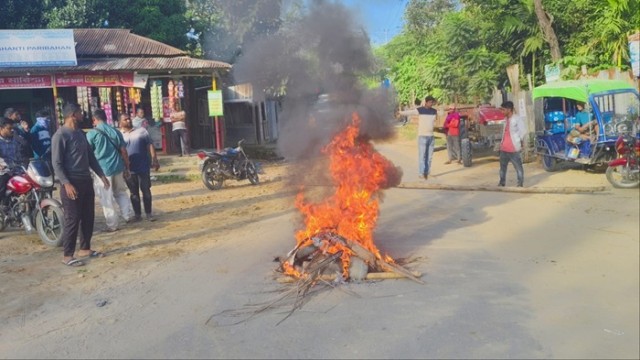


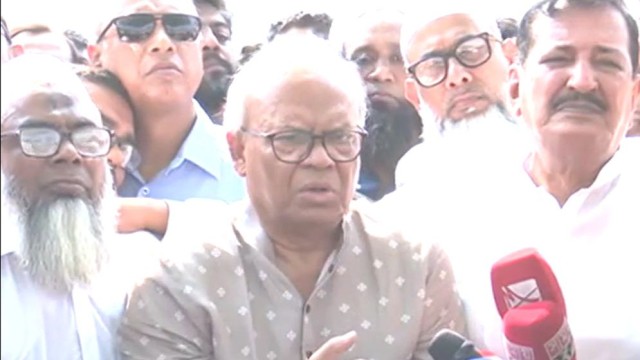
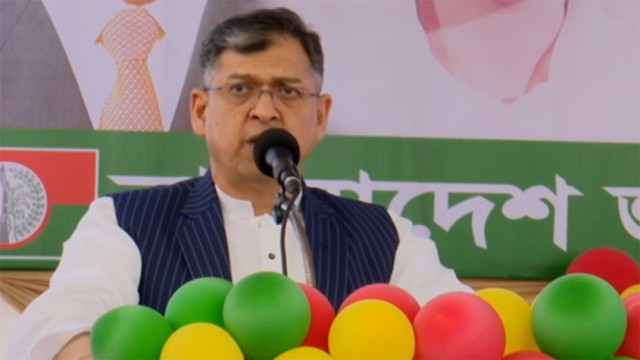
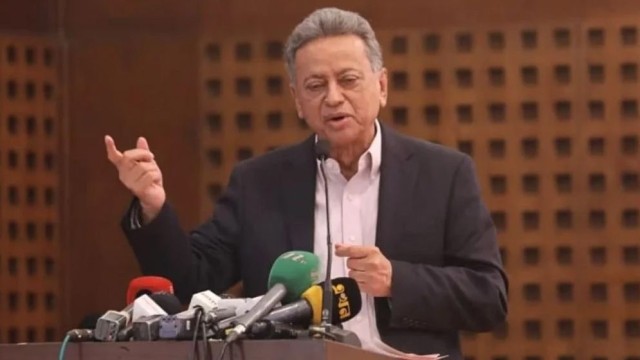
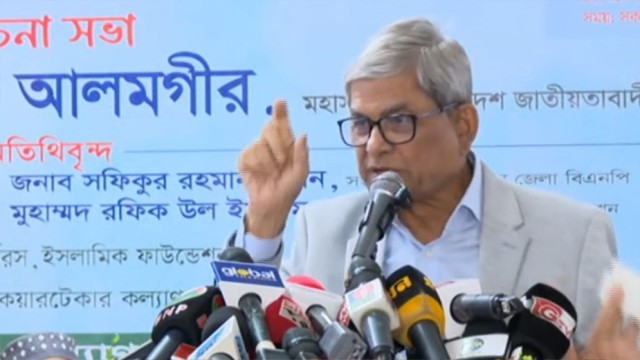
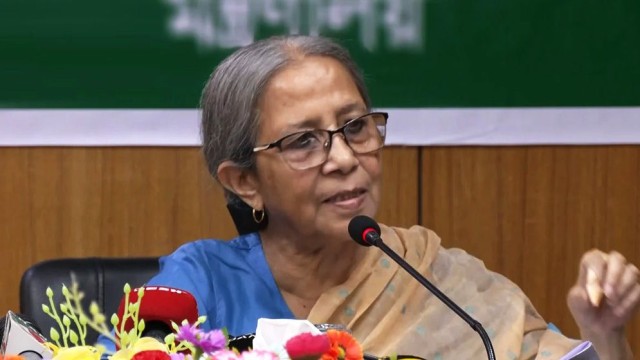

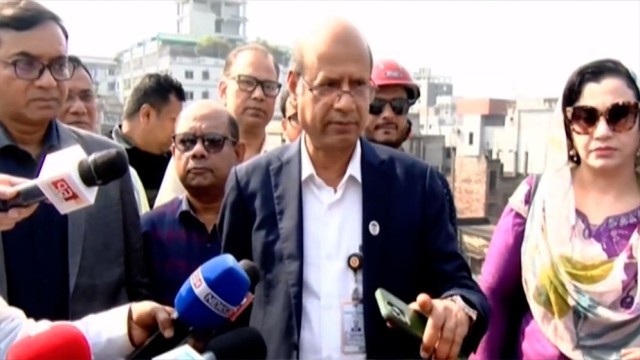
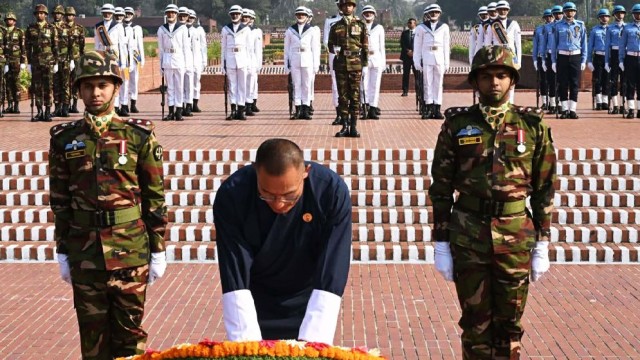


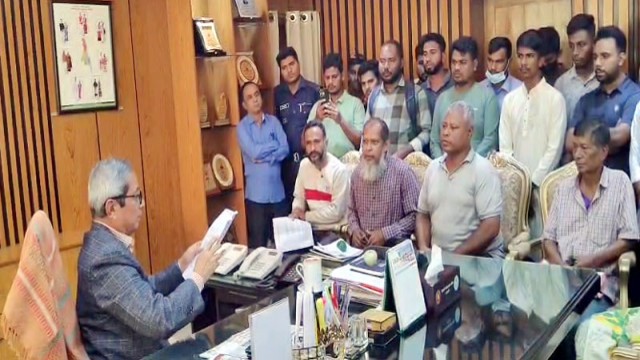
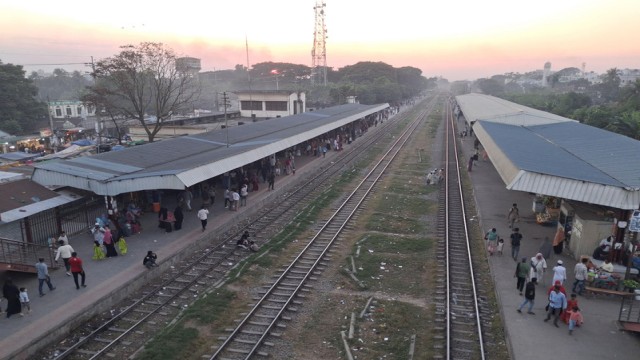


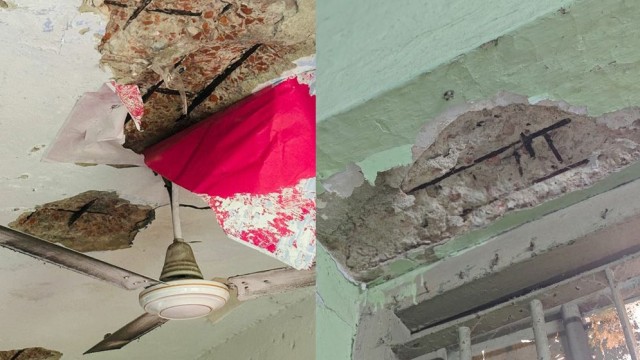
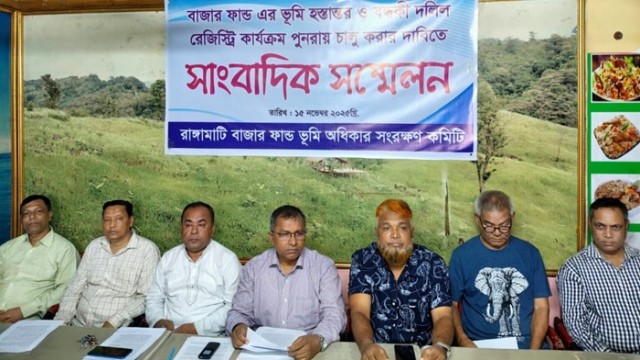




Comment: